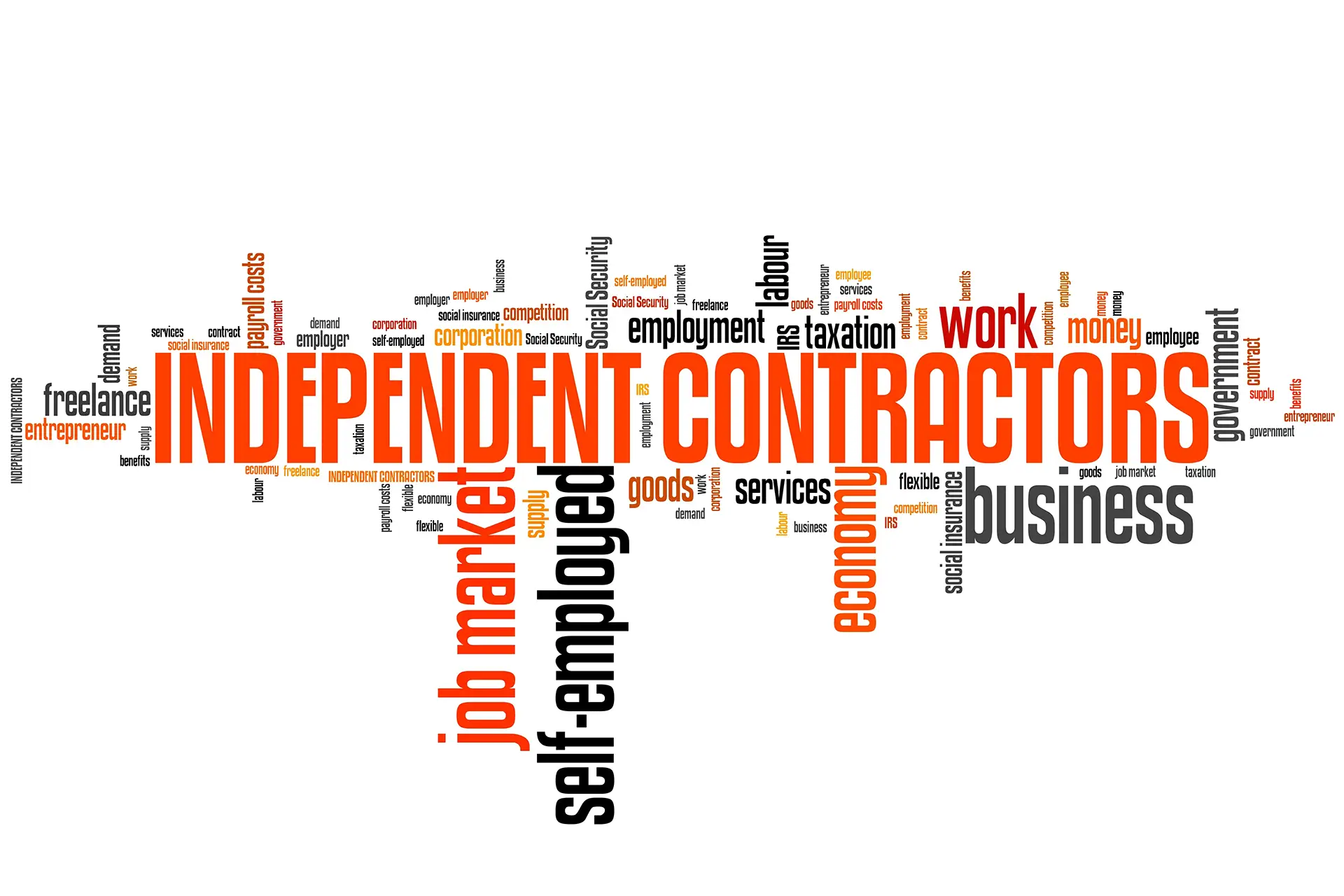
Last updated on March 22nd, 2024
This past Monday, the Department of Labor’s (DOL’s) final rule on how to analyze whether a worker is classified as an employee or independent contractor under the Fair Labor Standards Act (FLSA) took effect.
Considering the growth of the gig economy, the number of people operating as independent contractors or freelance workers has skyrocketed. While this has opened opportunities to “be your own boss,” there has been growing concern about businesses misclassifying workers as contractors to gain an unfair competitive advantage and avoid the higher costs associated with actual employees (i.e., minimum wage, overtime pay, benefits, and other employment protections). The DOL final rule on classifying employees seeks to rectify the situation. It is more consistent with judicial precedent and more clearly delineates when a worker qualifies as an employee versus a contractor under the FLSA. Here are the highlights…
Who is subject to the rule?
Employers subject to the FLSA are impacted by this rule. So, it applies to private sector employers, as well as federal, state, and local government employers.
What does it entail?
The final rule rescinds the 2021 independent contractor rule and restores the multifactor analysis previously used by courts to determine an employee’s classification based on their relationship with an employer. The six factors include:
- Any opportunity for profit or loss a worker might have;
- The financial stake and nature of any resources a worker has invested in the work;
- The degree of permanence of the work relationship;
- The degree of control an employer has over the person’s work;
- Whether the work the person does is essential to the employer’s business;
- The worker’s skill and initiative.
No factor is weighted higher than another – the total circumstances of the employment relationship is considered. For more details about the six factors, as well as examples and FAQs, the DOL’s Small Entity Compliance Guide is a terrific resource. Access it by clicking here.
When does the final rule take effect?
March 11, 2024.
Where can I learn more?
- Click here for the Final Rule.
- Click here for DOL FAQs.
- Call the Wage and Hour Division’s (WHD) Division of Regulations, Legislation, and Interpretation at (202) 693-0406 if you have questions about the final rule.
- Contact your local WHD District Office with questions about employment classification of a work/group of workers.
Why should employers ensure compliance?
Failure to comply can result in having to pay unpaid wages owed to an employee, liquidated damages, civil penalties, and lawyers’ fees. In addition, fines may be levied by federal and state governments if misclassification occurs.
If you have questions or need assistance with employee classifications and Final Rule compliance, Visions Human Resource Services – an RBT CPAs affiliate – is available to help. Contact a client manager at info@VisionsHR.com or call 845-567-3978.
And, as always, if your organization needs any accounting, audit, tax, or advisory services, you can continue to count on RBT CPAs to do the job professionally, ethically, on-time and within budget. Give us a call to learn more.
RBT CPAs is proud to say 100% of its work is prepared in America. Our company does not offshore work, so you always know who is handling your confidential financial data.
